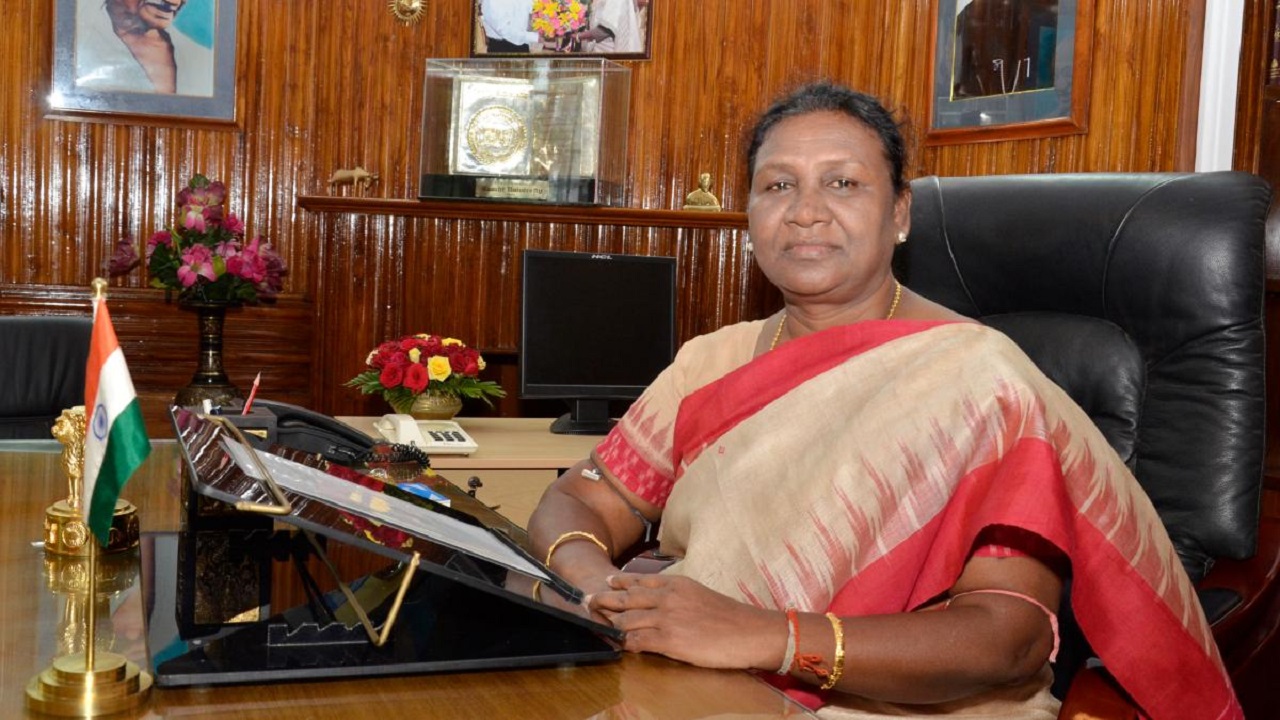Maternal Mortality in India: Trends, Challenges and Interventions
Context
Maternal mortality remains a critical public health concern in India. Despite improvements, the Maternal Mortality Ratio (MMR) still reflects significant regional disparities, infrastructure gaps, and systemic healthcare failures. The most recent data from 2019–21 shows India’s MMR at 93 per 1 lakh live births, signaling progress, but far from the Sustainable Development Goal (SDG) target.
Understanding Maternal Mortality
-
Definition (WHO): Maternal death is defined as the death of a woman during pregnancy or within 42 days of termination, due to causes related to or aggravated by the pregnancy or its management.
-
MMR Calculation:
Maternal Mortality Ratio = Number of maternal deaths per 1,00,000 live births, as per Sample Registration System (SRS) data.
Key Data Highlights (2019–21)
-
India's MMR: 93
-
Lowest MMR: Kerala – 20
-
Highest MMR: Assam – 167
-
Trend: Southern states consistently perform better than Empowered Action Group (EAG) states like Bihar, Uttar Pradesh, Madhya Pradesh, and Odisha.
Significance of MMR
-
Public Health Indicator: Reflects quality of healthcare, women’s health rights, and governance effectiveness.
-
Largely Preventable: Most maternal deaths can be avoided through timely and quality care.
-
Global Commitments:
Under SDG 3.1, India must reduce MMR to below 70 by 2030, requiring accelerated interventions.
Key Challenges in Reducing Maternal Mortality
1. Three Delays Model (Deborah Maine Framework)
-
Delay 1: Delay in seeking care – due to lack of awareness, sociocultural norms, and low autonomy.
-
Delay 2: Delay in reaching care – due to remote location, poor transport, and geographical barriers.
-
Delay 3: Delay in receiving adequate care – due to shortage of specialists, blood supply issues, and non-functional equipment.
2. Infrastructure Gaps
-
Of the 5,491 Community Health Centres (CHCs) in India, only 2,856 operate as First Referral Units (FRUs).
-
66% of specialist positions are vacant, leading to care delays and preventable deaths.
3. Medical Complications
-
Major causes include:
-
Postpartum haemorrhage
-
Hypertensive disorders
-
Obstructed labour
-
Sepsis
-
Unsafe abortions
-
4. Underlying Health Conditions
-
Prevalent issues that increase maternal risk:
-
Anaemia
-
Malnutrition
-
Malaria, Tuberculosis (TB), and Urinary Tract Infections (UTIs)
-
-
Particularly severe in EAG states.
Government Initiatives to Reduce MMR
-
Janani Suraksha Yojana (JSY):
Encourages institutional deliveries through cash incentives to mothers and ASHAs. -
Janani Shishu Suraksha Karyakram (JSSK):
Provides free antenatal checkups, deliveries, transport, diagnostics, and postnatal care. -
Operationalising FRUs:
Goal: At least 4 FRUs per district with required specialists, blood storage units, and emergency obstetric care. -
Maternal Death Reviews (MDRs):
Mandated under National Health Mission (NHM) to review each maternal death and recommend corrective action. -
Kerala’s Confidential Review Model:
-
Used facility-level audits and targeted training (e.g., uterine clamp use, embolism response).
-
Helped achieve MMR of 20, the lowest in India.
-
Way Forward
-
Focus on EAG States:
Prioritise recruitment of specialists, health infrastructure strengthening, and community health awareness. -
Strengthen Emergency Services:
Ensure availability of 24×7 blood banks, ambulances, and surgical facilities in rural areas. -
Empower Community Health Workers:
Expand ASHA-ANM coordination, maternal tracking, and family counselling initiatives. -
Enhance Antenatal & Postnatal Care:
Make early registration, iron-folic acid supplementation, and antenatal risk screening compulsory. -
Replicate Best Practices:
States like Tamil Nadu, Maharashtra, and Jharkhand should adopt Kerala’s confidential review model for systemic corrections.
Conclusion
Maternal deaths in India are largely preventable. The path to reducing MMR lies in a dual strategy: strengthening health systems and empowering community-based interventions. India must align its efforts with global targets to not only ensure safe delivery, but guarantee safe motherhood for every woman.



.jpg)
Comments (0)